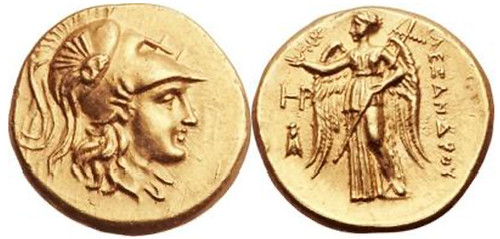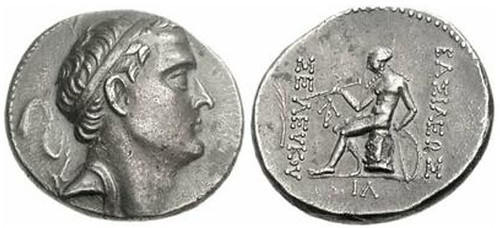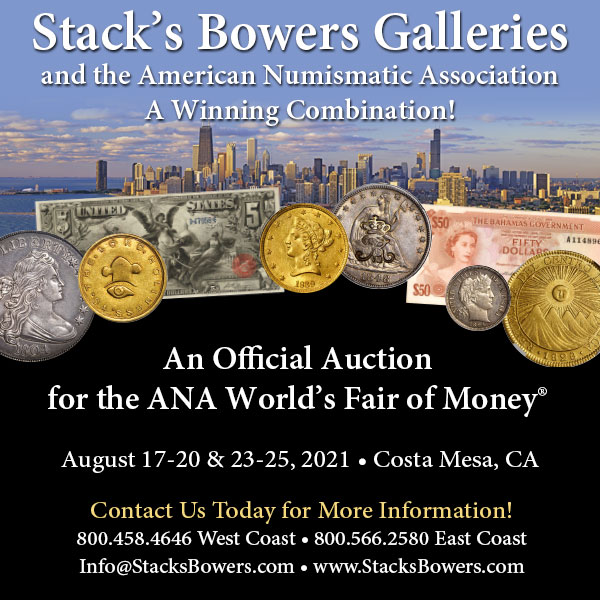
PREV ARTICLE
NEXT ARTICLE
FULL ISSUE
PREV FULL ISSUE
MINTMARKS ON ANCIENT COINSTyler Rossi published an article on CoinWeek about the mystery of mintmarks on ancient coins. Here's an excerpt - see the complete article online. -Editor One of the most basic tasks of a numismatist is the identification of coins.
While correctly attributing the denomination, issuing authority, and date are important, determining the mint at which a coin was struck can reveal lots of contextual information. Outside of private issues and small city-states that operate only a single mint, most states
Besides the basic devices on ancient coins, the major design images, and legends, most coins included a series of identifying symbols and letters. Most are either MACEDONIAN KINGDOM. Alexander III the Great (336-323 BCE). AV stater Uncertain Black Sea mint, ca. 250-200 BCE. OBV: Head of Athena right wearing triple-crested Corinthian helmet pushed back on head. REV: Nike standing left, holding wreath and stylis; HP monogram and cicada in left field. REF: Price 1315. Image: Heritage Auctions.
While most modern mint marks are simple alphabetical abbreviations representing the city in which a particular mint operates (such as For example, in the Seleucid Empire, the Greek letters A and AP were used to represent the Antioch and Ake-Ptolemais mints, respectively. Seleucid Empire Seleucus IV. 187-175 BCE. AR Tetradrachm, Ake-Ptolemais mint. 180-175 BCE. OBV: Diademed head right REV: Apollo seated, palm to outer left, AP to inner left, IA in exergue. REF: SC 1331; Le Rider, Séleucos 80-105; Brett 1; SNG Spaer 928. Image: CNG. There is some confusion surrounding the mint marks used for the vast number of Alexander the Great tetradrachm types. The numismatist and historian Hyla A. Troxell estimated that over 1,075 dies were used to strike 79 types and as such there are many monograms and symbols used across the centuries. Some of the more common ones are an oenochoe (single-handed wine jug) beneath a vine for Temnos; a Corinthian helmet for Mesembria; a bee for Babylon; and an AS monogram for Aspendos.
To read the complete article, see:
Wayne Homren, Editor The Numismatic Bibliomania Society is a non-profit organization promoting numismatic literature. See our web site at coinbooks.org. To submit items for publication in The E-Sylum, write to the Editor at this address: whomren@gmail.com To subscribe go to: https://my.binhost.com/lists/listinfo/esylum All Rights Reserved. NBS Home Page Contact the NBS webmaster 
|


